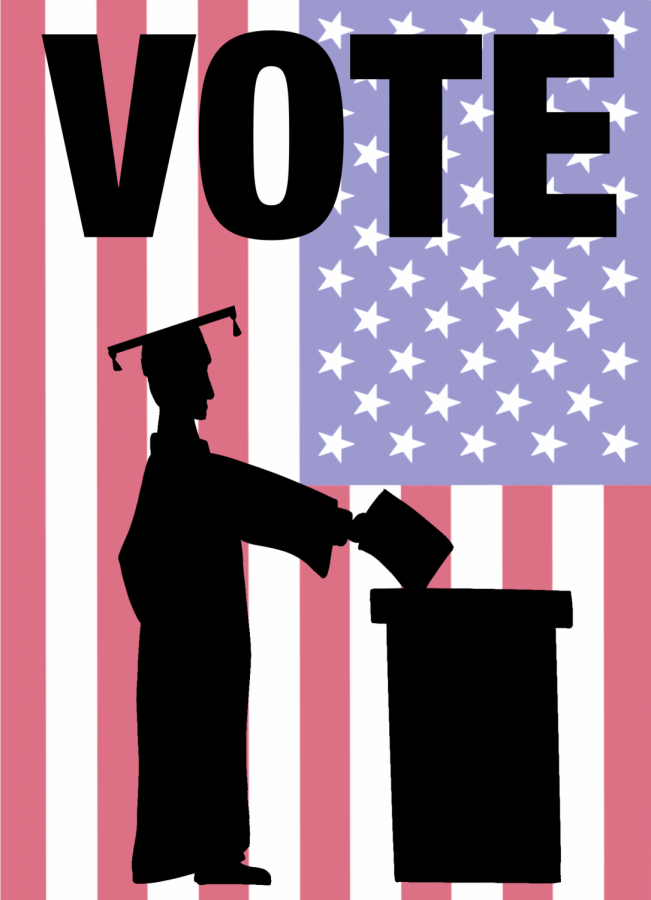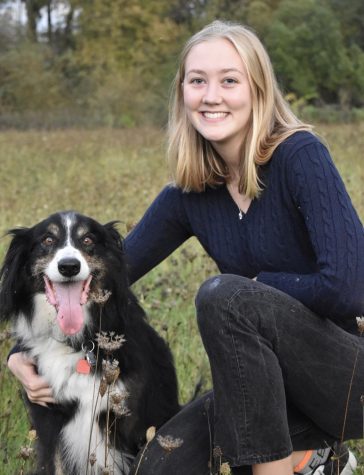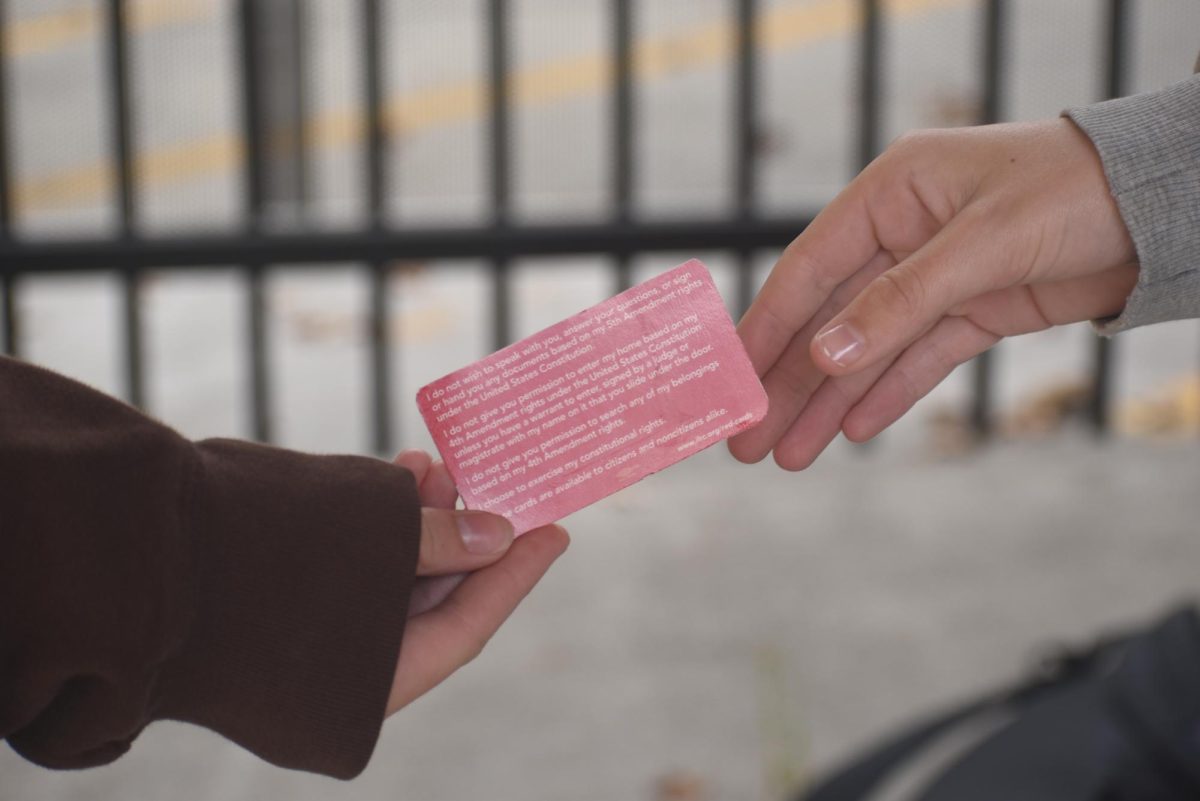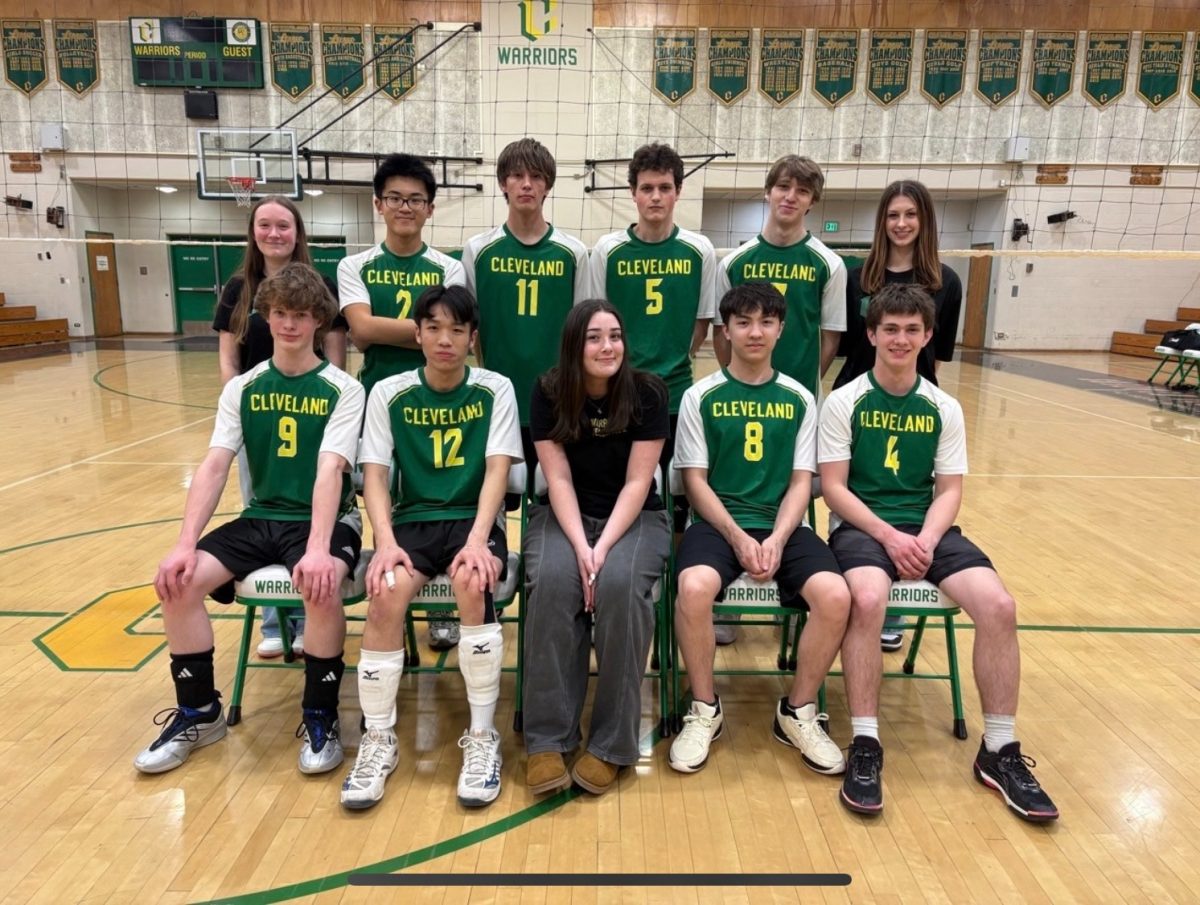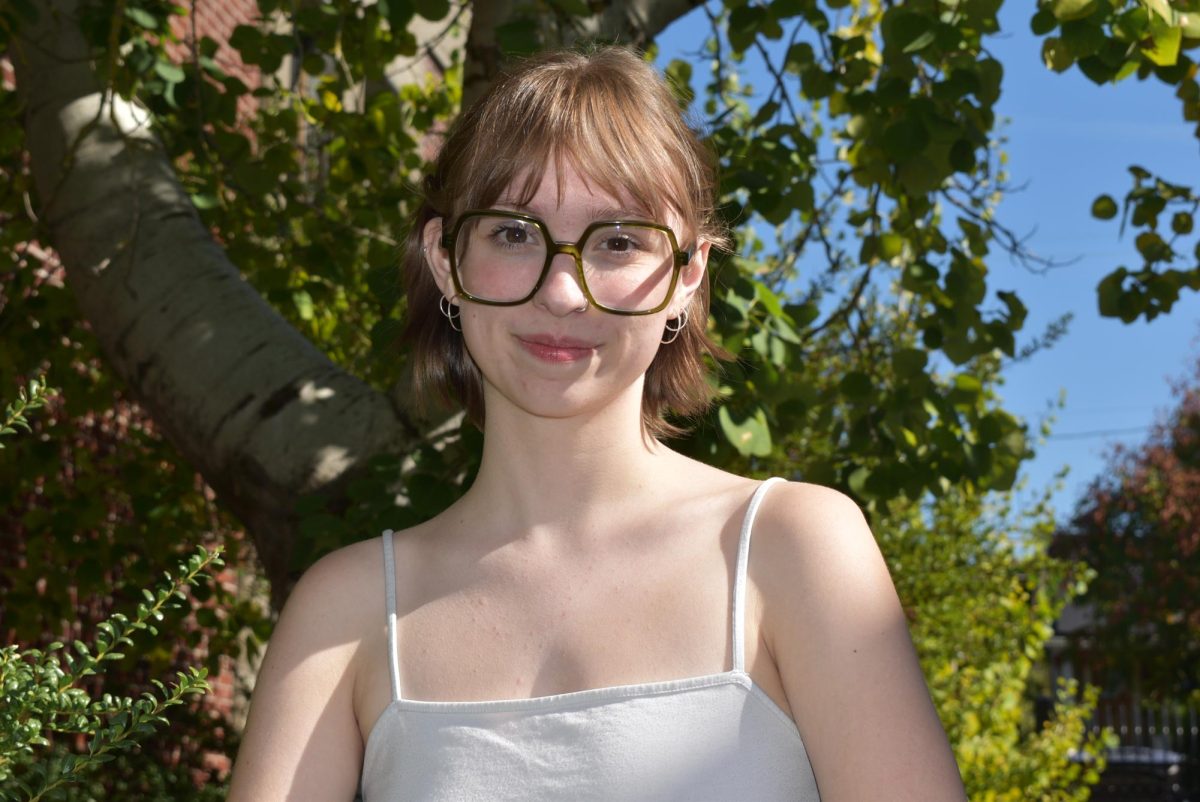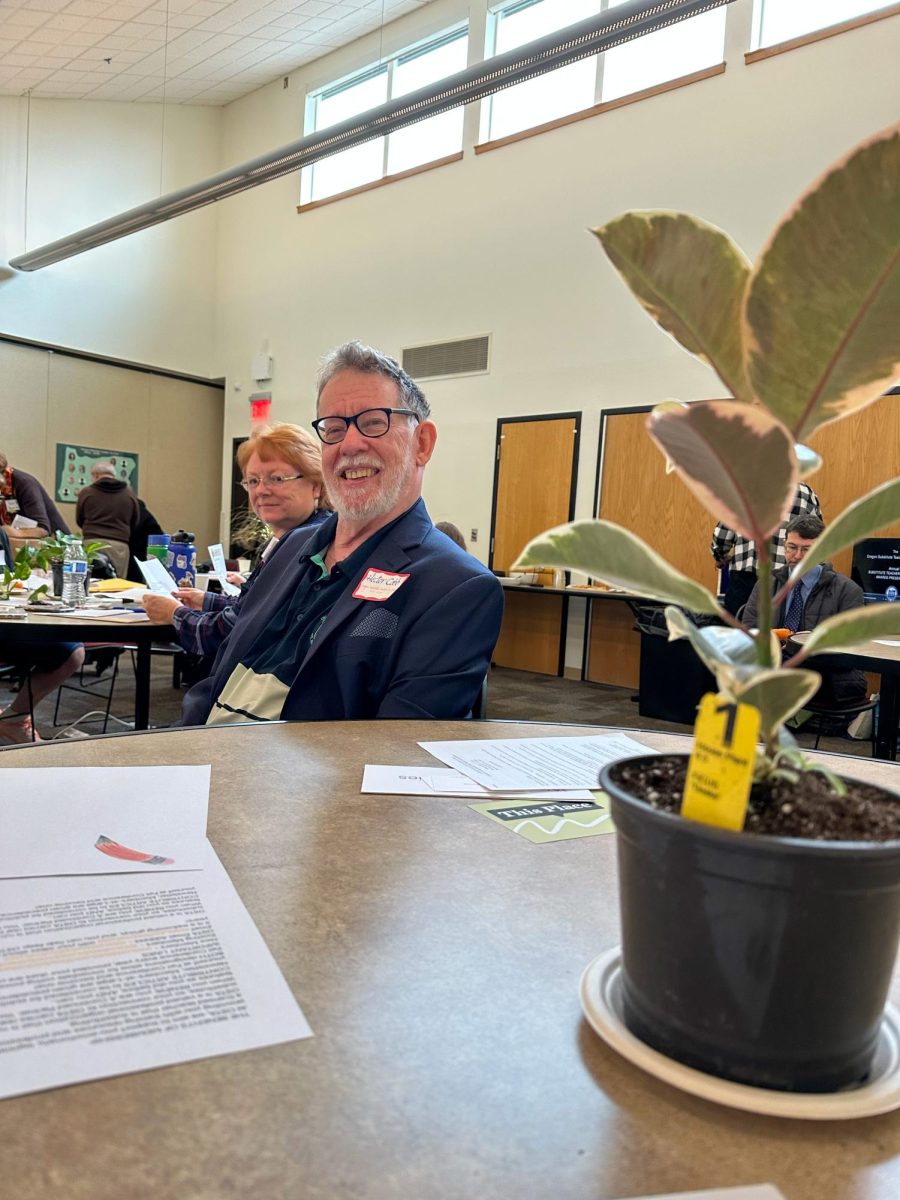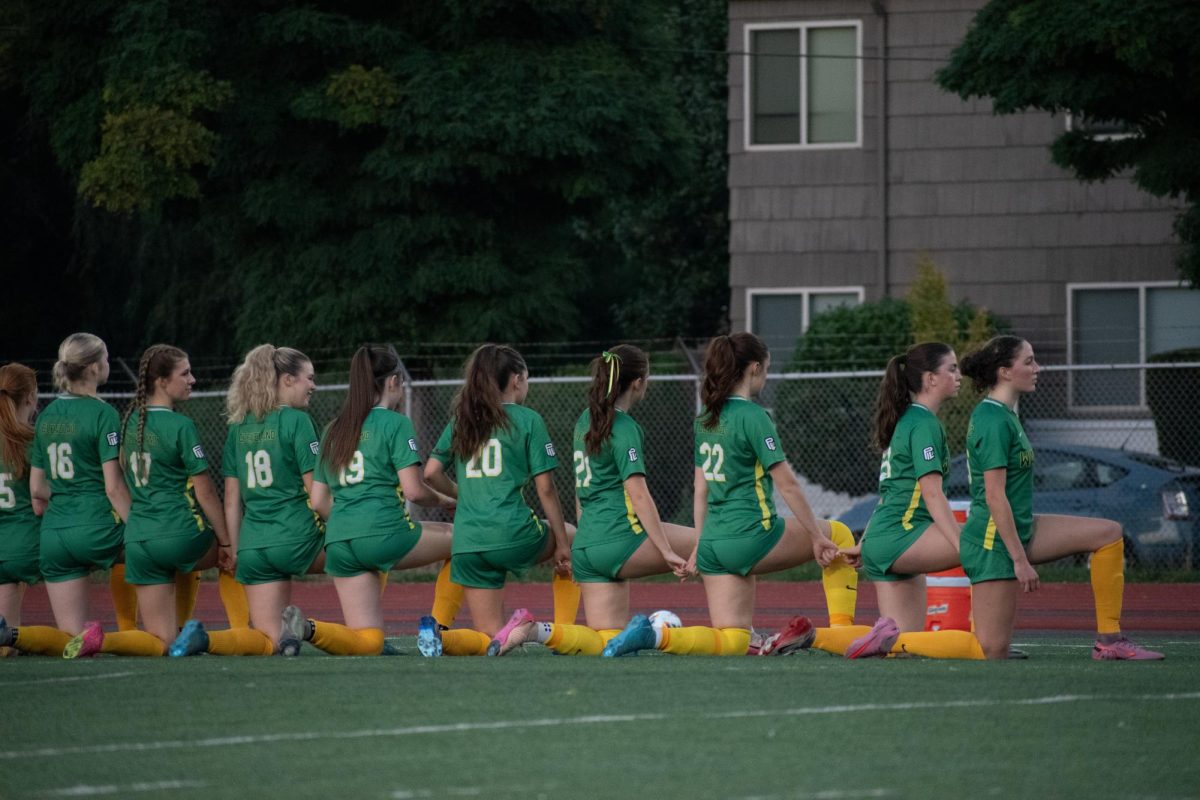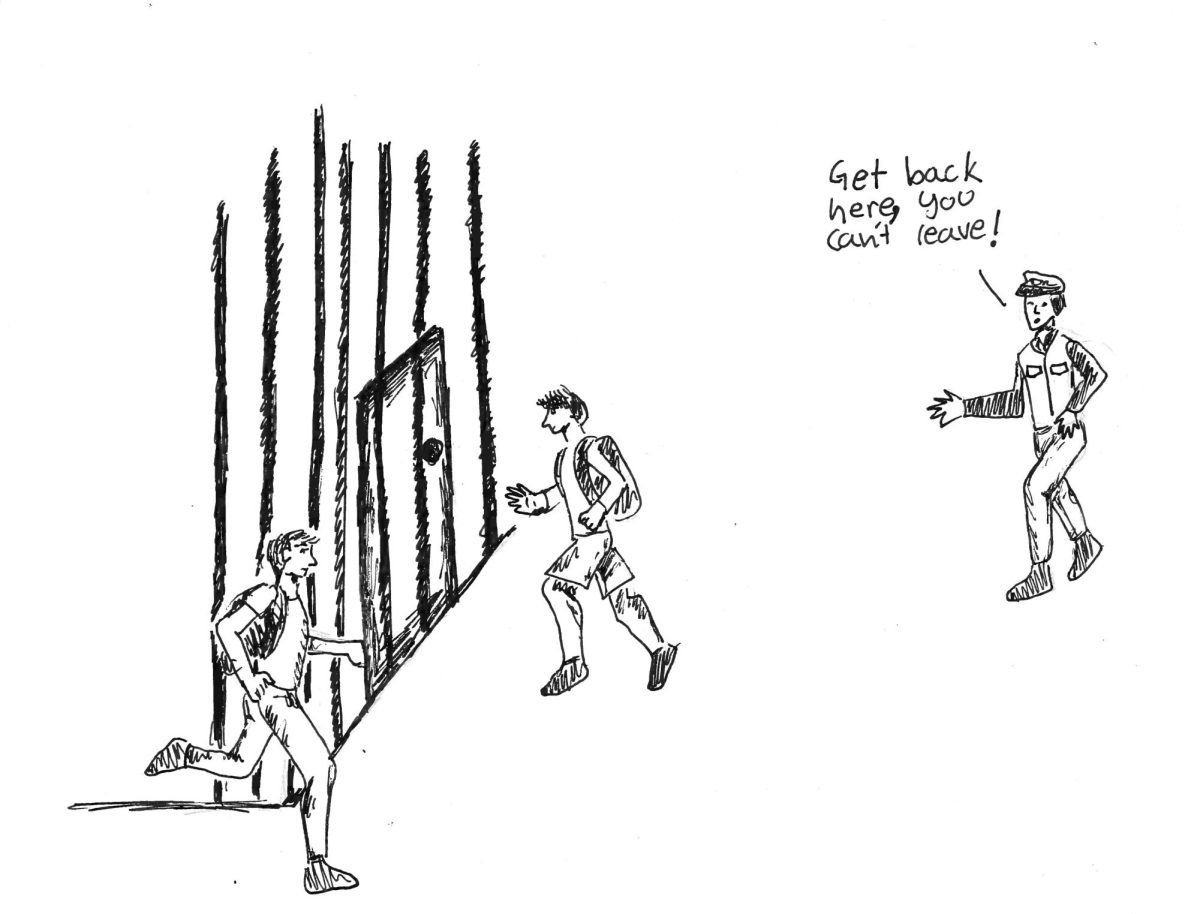The Importance of the Youth Vote
October 13, 2020
In the 2016 presidential election, less than half of young people aged 18-24 voted. Despite the percentage of all people who voted being 60%, the turnout for youth voters was around 40%, according to USA Facts.
Historically, this pattern holds true. Older generations have shown up on election day in far greater numbers, swaying elections towards more conservative outcomes. Baby boomers, age 65+, have been the most consistent voters with turnout rates averaging around 70%.
In past elections, older generations have also been a larger share of the electorate. As the number of eligible voters in Generation Z continues to increase, older generations have begun to become outnumbered. According to the Brookings Institution, Millennials and Gen Z make up 37% of the 2020 electorate, identical to that of baby boomers.
This shift in age also results in a more diverse voting population. Voters over 65 are over 75% white, while this number drops below 60% in younger generations.
A more youthful, diverse electorate could significantly sway the results in the upcoming presidential election. Youth voters supported Hillary Clinton in much higher numbers than President Trump, and have shown support for former Vice President Joe Biden in the polls.
Additionally, these past six months have been a time of political awakening for many. Ongoing protests against racial injustice have largely been made up by Gen Z, and Covid-19 has exposed the issues in our country clearly to young people. Schools not reopening and the disproportionate effect of Covid-19 on minorities are just some examples of the problems Gen Z are most impacted by.
It is a necessity that this recent surge of youth activism and political engagement be translated into voting in next month’s elections. NPR reported that the 2018 midterm elections saw only a small increase in youth voting, despite the movement around gun control after the Parkland shooting.
One reason behind the low youth voter turnout is a lack of information and resources to help young people register and be educated around the voting process. Many organizations are working on this, such as When We All Vote, co-founded by Michelle Obama. To register, visit whenweallvote.org by Oct. 13, Oregon’s registration deadline.
Harper Hamilton, a senior at Cleveland, expressed what this election meant to her. “This will be the first time I get to vote in a presidential election and I am so excited. I firmly believe that as a citizen of the United States I have the obligation to vote, not only for myself, but for the people around me who need change and a better, more just system the most. So much is at stake in the upcoming election that if we don’t exercise our rights and use our voices and vote now, it may be too late the next opportunity,” she said.
With the Nov. 3 election date arriving quickly, it won’t be long before we know the impact of youth voters like Hamilton. If you are 18+ years old, do your part in closing the age turnout gap so that young people are represented in our democracy.



